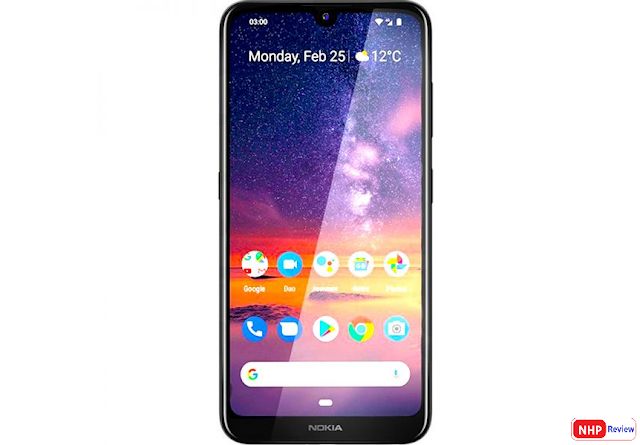
Statistics on customer service show that good customer service can make or break your business. In fact, poor customer service costs businesses $75 billion each year. Bad customer service leads to consumers switching vendors and nearly half will do so after only one negative experience. Your customers are likely to fall in LOVE with your brand if they feel that your customer service reps are helpful, friendly, and responsive.
Millennials are a top client base
According to customer service statistics, Millennials are willing to pay 21% more for a brand that provides excellent service. These customers have different expectations and customer service should be tailored to suit their needs. 63% of millennials start their customer service interactions online and 43% prefer to contact companies through their mobile devices. Hence, it is important to create a customer service strategy that caters to their needs.
Millennials value customer service above all others. According to customer service statistics, millennials are willing to pay more for excellent customer service than the Gen X and Baby Boomers. They like to feel that a company cares about them. However, only 4% of millennials complain about bad customer care, while 96% remain silent. However, most people who are unhappy with a service experience will tell at minimum nine others about it. 13% will even tell more people.

Companies lose $75 billion each year due to poor customer service
According to a recent report by NewVoiceMedia, poor customer service costs businesses $75 billion a year. This is an increase in customer service costs of $13 billion over the previous years. It is now time for businesses to take action. It is difficult to pinpoint the cause of poor customer care, but research suggests that companies are suffering from internal mistakes, changing consumer expectations, as well as a host of other problems. Regardless of the cause, organizations are losing money every year due to substandard customer service.
Studies show that people recall negative experiences more often than positive ones. One bad experience can make a customer lose their loyalty. Even if customers don't make complaints to companies directly, they will share their dissatisfaction with up to 16 people and possibly turn them away from other companies. In addition, 51 percent of customers will not do business with a company again after a negative interaction. As a result, organizations need to invest in prevention strategies to avoid this costly mistake.
Second most used communication channel is social media
Social media can be used to provide customer service. It allows businesses access to customers and answer any questions quickly. It also allows businesses reach a wider audience. It is essential to be able to use social media effectively to make sure your customers are satisfied.
Telephone calls were, historically speaking, the fastest way for customers to get their issues resolved. It also beat out the postal service. Social media has made customer service more personal. Using real-time communication can make a difference in gaining customers and increasing sales. Social media users are often able to quickly respond to companies, which can result in a 3-20% increase in sales.

Poor customer service is the most common concern of millennials
A recent study found that millennials are more open to poor customer service than older generations. 39% of millennials will return to a company if they have had bad customer service. In contrast, 23% of older consumers wouldn't mind repeating the bad experience. This is despite the fact that millennials desire better customer service if their business is to be retained.
Although millennials have been a popular target market for many years, the generation has its downsides. The group is notorious for being sensitive to poor service. Many companies are working to reach this generation.